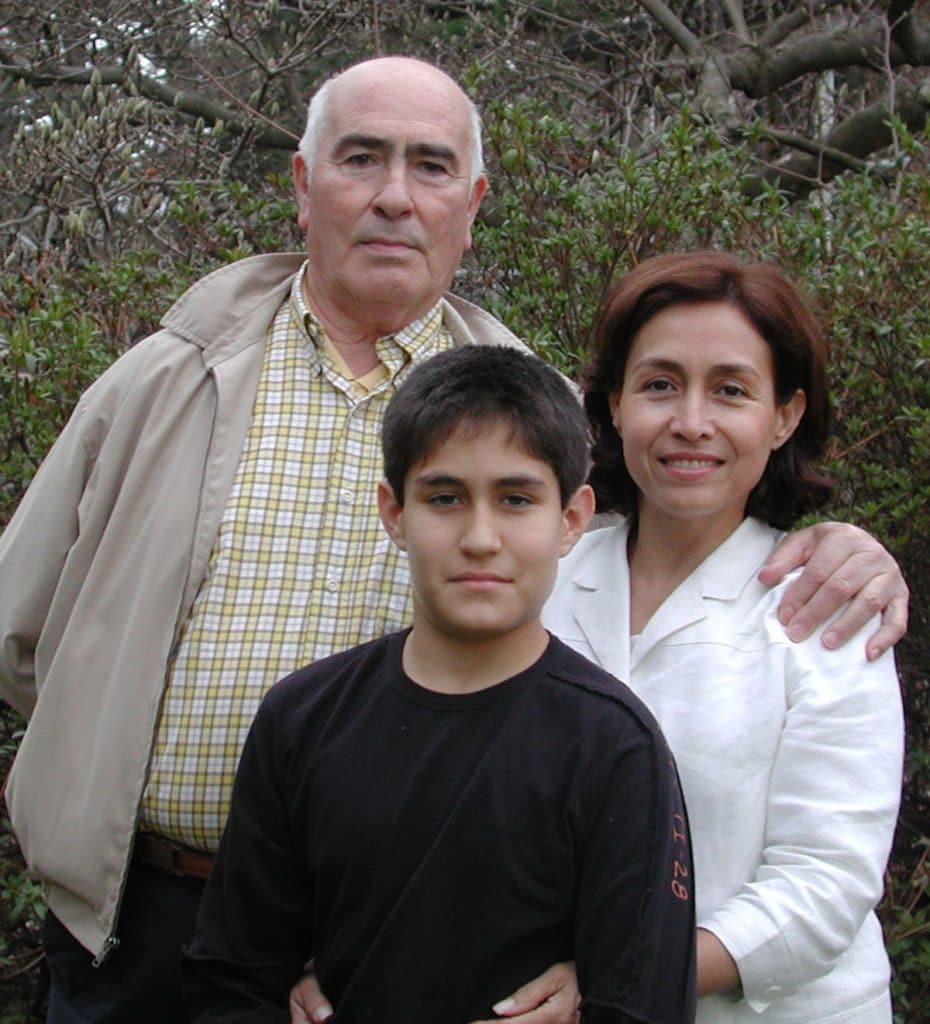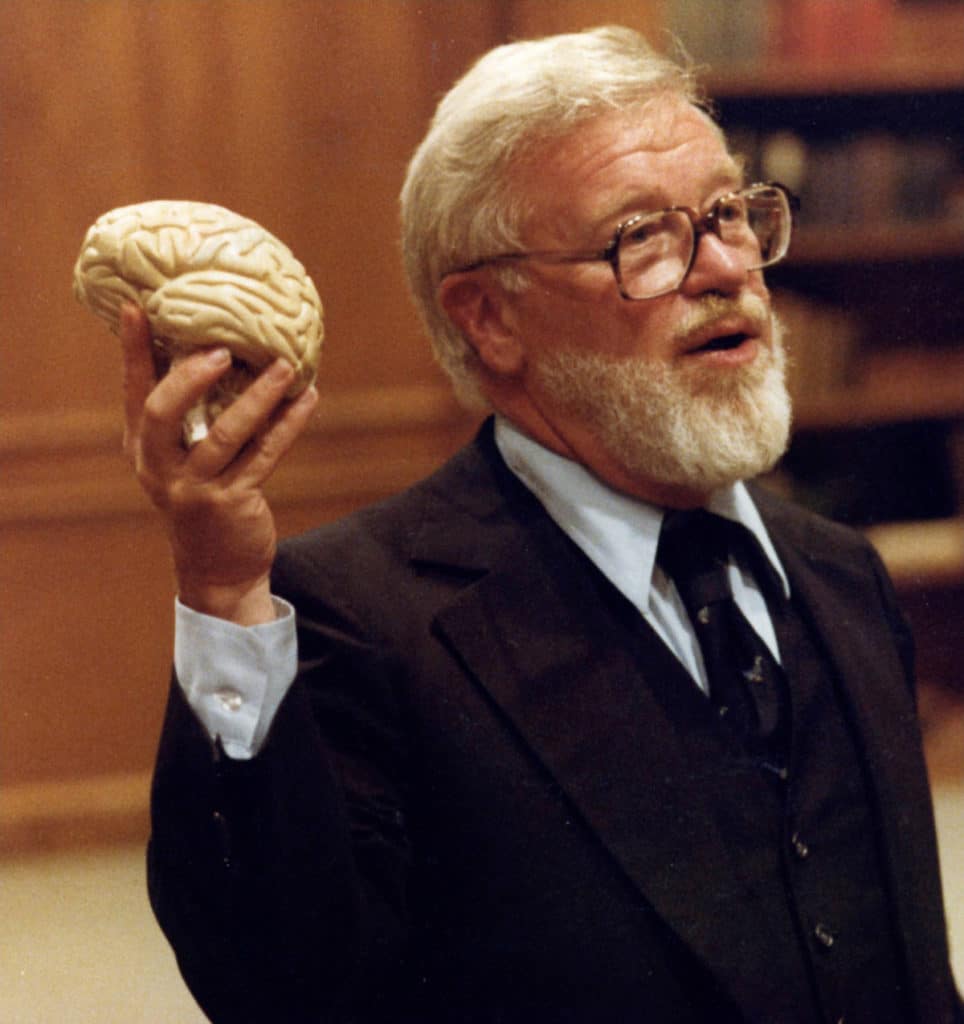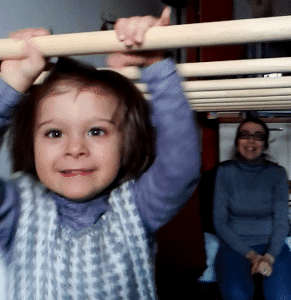When a health care professional assumes that your child has little or no chance of getting significantly better…
What Can You Do?
Dear Parent,
Often our parents feel alone and unsure of what to do next.
Usually they have been everywhere searching for an answer. Often they have worked hard to do every treatment they found but often with little or no result.
Our parents know better than anyone that as each day passes their child falls further behind their peers.















